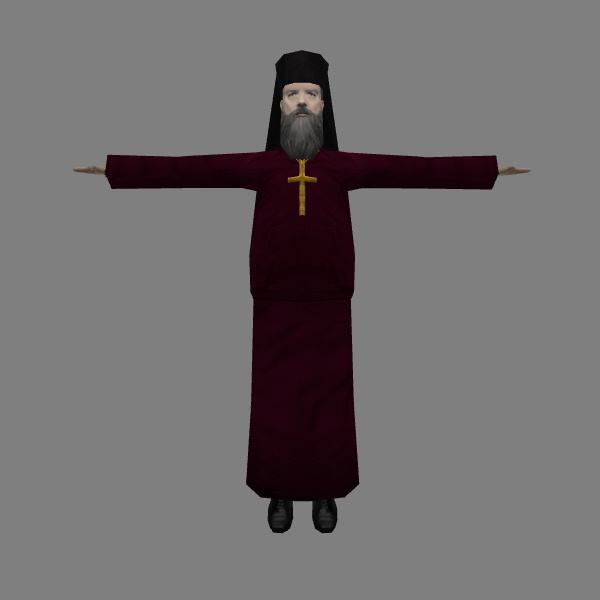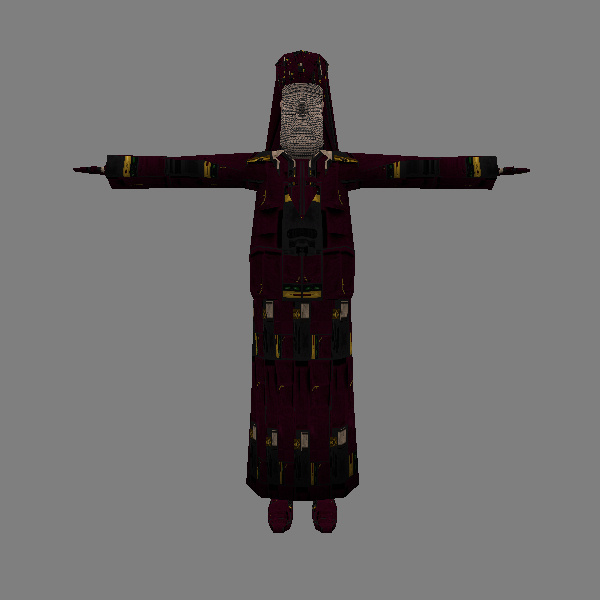So, Xash3D uses a new "half-float" UV texture coordinates inside the smd/mdl, while goldsource uses the old "fixed-point" UV texture coordinates.None of the 6 DIFFERENT mdl decompilers I tried produce proper GOLDSOURCE UV coordinates inside the decompiled smd, that should be in the 0.0 - 1.0 range.
What I see inside the smd:
trianglesI am too lazy to UV remap the model from the ground up all by myself, so I decided to try to mathematically convert the numbers.
pop2.bmp
6 -1.233950 7.157183 18.669037 -0.145192 0.989398 -0.003142 28.638672 40.001953
5 1.172300 7.157199 18.669054 0.145192 0.989398 -0.003154 28.638672 40.416016
8 1.175211 7.219243 16.660397 0.143158 0.989051 0.035837 28.541016 40.416016
I tried some simple math functions/arithmetics on this coordinates, but with no luck (it's look like it's not something VERY simple).
So, my question is:
Did someone knows what complicated math function to apply to the coordinates to convert them from "half-float" to "fixed-point".
Please no noob answers, propose something only if you know exactly what I am talking about and how to solve the problem.
Thanks in advance!








